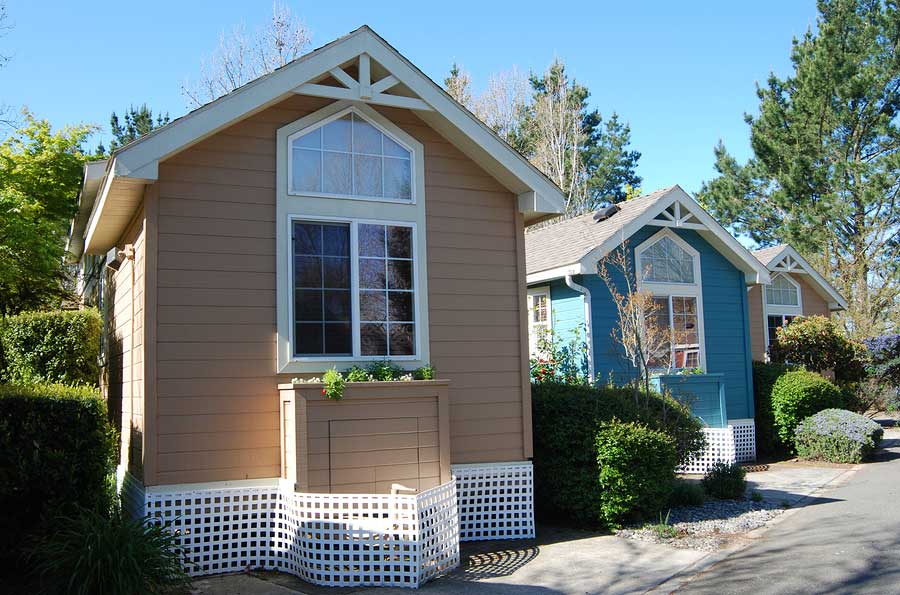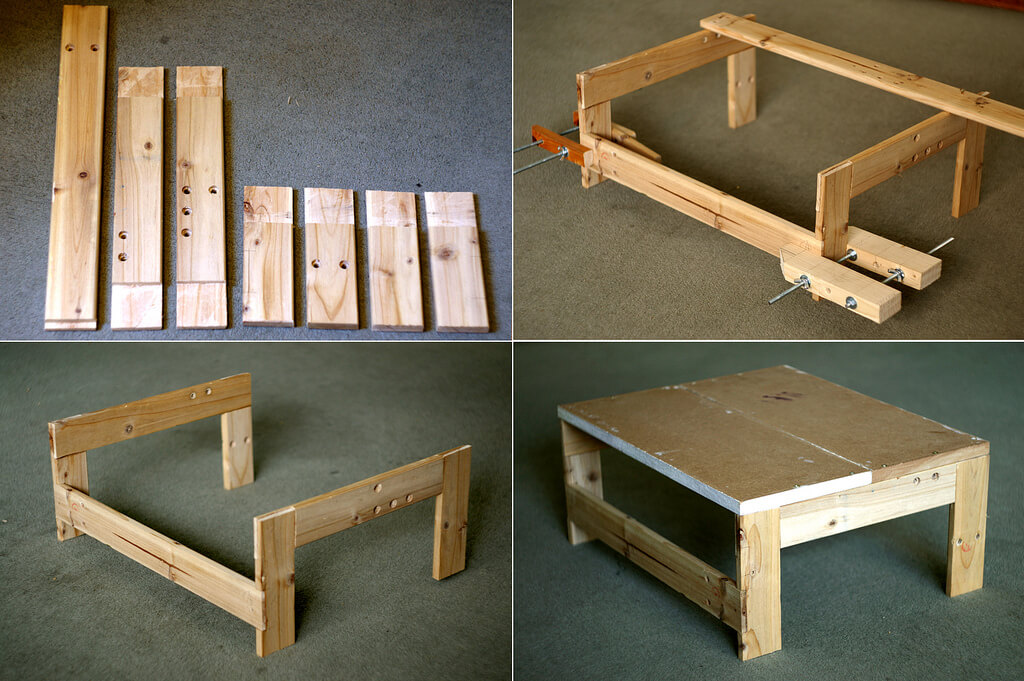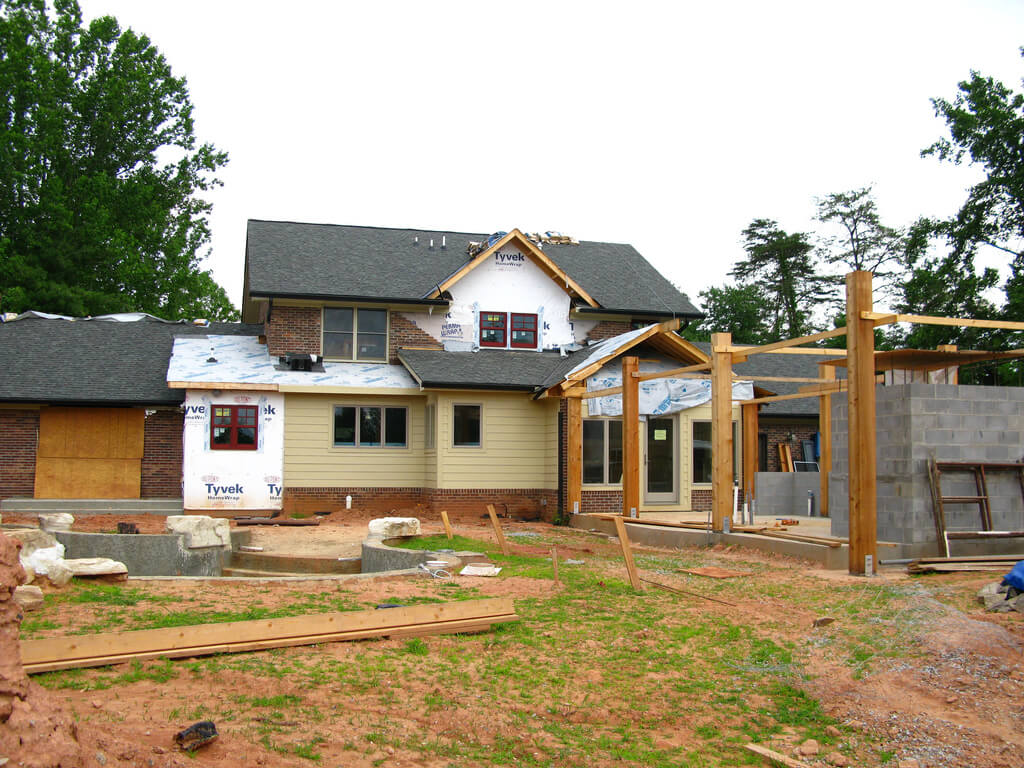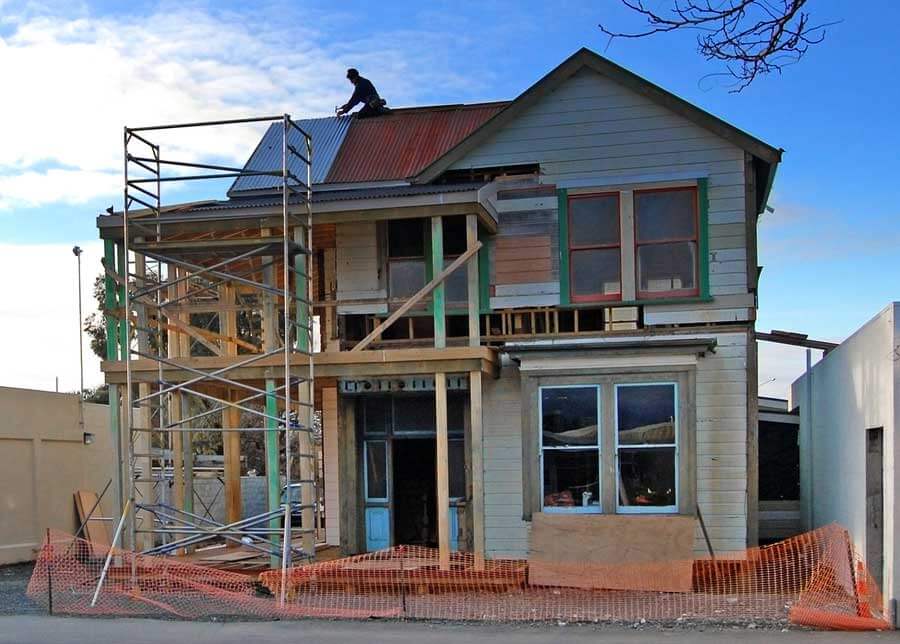Building Root Cellars And Underground Greenhouses
Whether it's about cost, being "green" or keeping things simple - more and more people are turning to traditional ways. You may already be using the backyard as a garden, but your eco-ways could be taken to an even higher level with below-ground storage or gardening. Soil offers natural protection and insulation year-round, so digging underground can save you big with space, food, and money.
If you're looking to dig up the backyard for food storage or a winter garden greenhouse; plan with the following in mind.
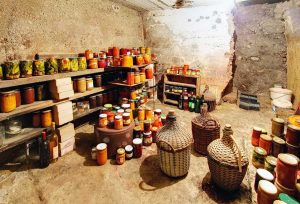
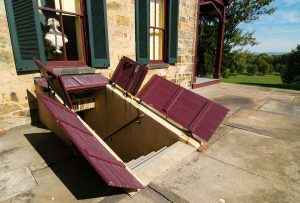
Temperature
According to The Old Farmer's Almanac, food storage units should be maintained at a temperature of 32- 40F to slow decomposition, plus a humidity level of 85-95% to keep fruits and veggies from drying out. As for how deep you should dig; the Old Farmer's Almanac states that temperatures are stable 10 feet below ground. That may be an ideal depth for cellars, but greenhouses may not need to go so deep.
The simple solar greenhouse known as "walipini" is dug 6-8 feet underground -- and it's produced successful crops in a variety of countries and weather conditions. The right depth will depend on the function of your unit and the frost depth of your soil. You may also want to include small trenches (aka "cold sinks") in the layout so that colder air doesn't settle on garden beds or stored veggies.
Sunlight
Sun is a no-no for secret wine cellars and food storage units, but they'll be top priority for makeshift greenhouses. A south-facing greenhouse will have access to the sun's rays from sunrise to sunset, and a 90 degree angle will allow even more light in.
Greenhouses built on a budget can be made with reclaimed windows and re-purposed glass, but if you want to maximize the solar energy available to your edible plants, plastic sheeting is your best buy. In order for every plant to get the right amount of light, UV rays need to be evenly distributed. Glass can't do this as it produces shadows and hot spots, but plastic products like polyethylene can. Plastics are far from being Eco-friendly though. Luckily, any glass greenhouse unit can be retrofitted with solar-soaking upgrades like Mylar and white plastic (specially made for grow rooms).
Ventilation
Proper ventilation requires the intake or air and the outtake of air. Ventilation tips from Mother Earth News advice installing the intake valve in the lower half of the storage unit to keep fresh air circulating from the bottom up. The outtake valve, on the other hand, is best kept on top. Since heat rises, an outtake valve is as important for temperature control as it is for keeping air fresh.

Circulation
With ventilation addressed, it's now time to consider circulation. Perishable foods need air to keep from spoiling, but even shelves and storage bins need the airflow that keeps mold from growing. Keep air moving by allowing for space between shelf boards and keeping storage crates up off the floor so the air beneath them doesn't grow stagnant. The more space fruits and veggies have, the better. They can definitely be stored in crates and bins, but they should be shaken or moved around so that they don't turn moldy from moisture and lack of air. Bins and storage crates should also be made of a breathable material, like wood, and be resistant to mold and moisture.
